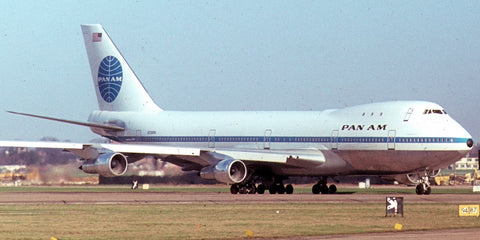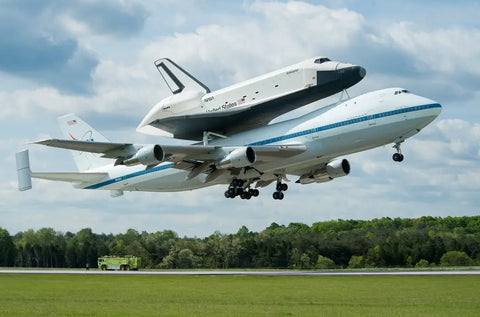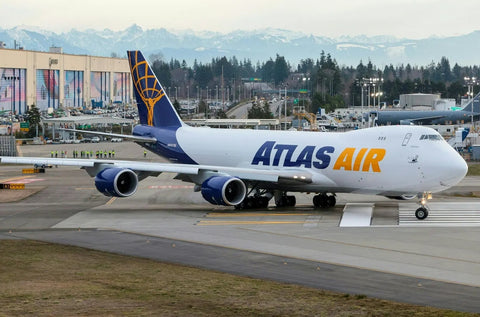The Queen of the Skies: Exploring the Legacy of the Boeing 747
In the vast expanse of the aviation world, few aircraft have achieved the iconic status and global recognition as the Boeing 747. Affectionately known as the "Queen of the Skies," this colossal aircraft has not only revolutionized long-haul air travel but has also captured the imagination of passengers and aviation enthusiasts worldwide. In this article, we embark on a journey to explore the rich history, groundbreaking design, and enduring legacy of the Boeing 747.
A Pioneer's Dream:

The Boeing 747, conceived in the mid-1960s, emerged from the ambitious vision of Boeing's chief engineer, Joe Sutter. Tasked with creating an aircraft capable of carrying a large number of passengers over long distances, Sutter and his team rose to the challenge. The result was a groundbreaking design that featured a distinctive hump on the upper deck, giving the 747 its unmistakable profile.
Revolutionizing Air Travel:

When the Boeing 747 made its first commercial flight in 1970 with Pan American World Airways, it marked a paradigm shift in aviation. With its unprecedented capacity to carry up to 360 passengers, the 747 transformed air travel from a luxury for the elite into a more accessible and affordable mode of transportation for the masses. Its introduction paved the way for the globalization of travel and connected distant corners of the world like never before.
Technical Marvel:

Beyond its sheer size and capacity, the Boeing 747 was a marvel of engineering. The aircraft featured innovative technologies, including the first widespread use of high-bypass turbofan engines, which significantly enhanced fuel efficiency and reduced noise levels. The iconic hump, initially designed to house a lounge for first-class passengers, later became the signature upper deck for premium seating or additional economy class.
Versatility in the Sky:

While the 747 was initially conceived as a passenger aircraft, its design allowed for remarkable versatility. Over the years, the aircraft found success in various roles, including cargo transport, military applications, and even serving as the platform for Air Force One, the presidential aircraft of the United States. The adaptability of the 747 showcased its enduring relevance in an ever-evolving aviation landscape.
End of an Era:

As the aviation industry transitioned to more fuel-efficient and smaller twin-engine aircraft, the era of the jumbo jet faced challenges. Boeing officially ceased production of the 747 passenger variant in 2017, marking the end of an illustrious chapter in aviation history. However, the cargo variant, the Boeing 747-8F, continued to serve as a workhorse for global cargo operators. The final 747 was delivered to Atlas Air in January 2023 after a 54-year production run, with 1,574 aircraft built.
Legacy in the Clouds:

Despite the changing tides of aviation, the Boeing 747 remains an enduring symbol of innovation, ambition, and progress. Its distinctive silhouette and unparalleled impact on air travel have etched the Queen of the Skies into the annals of aviation history. As the aviation industry continues to evolve, the legacy of the Boeing 747 lives on, inspiring future generations of aerospace pioneers to reach for the skies and beyond.

